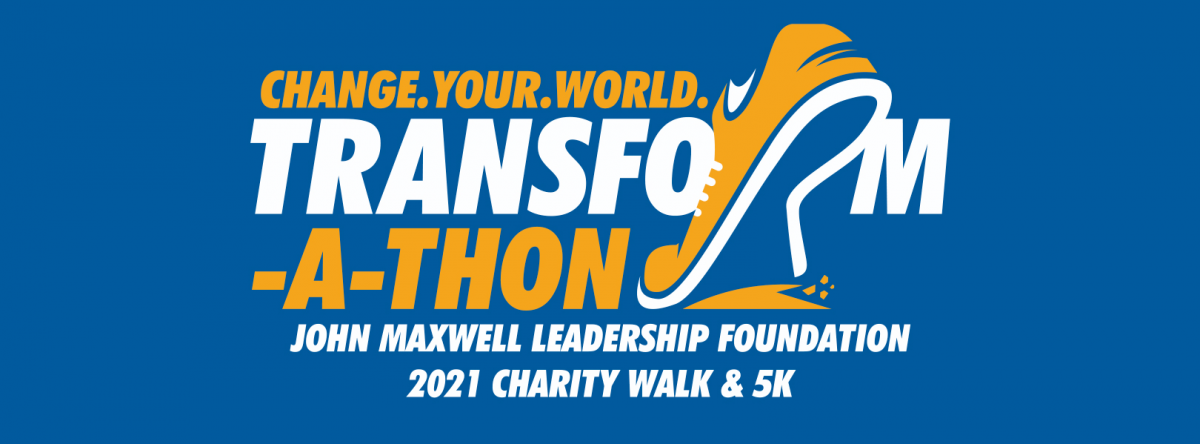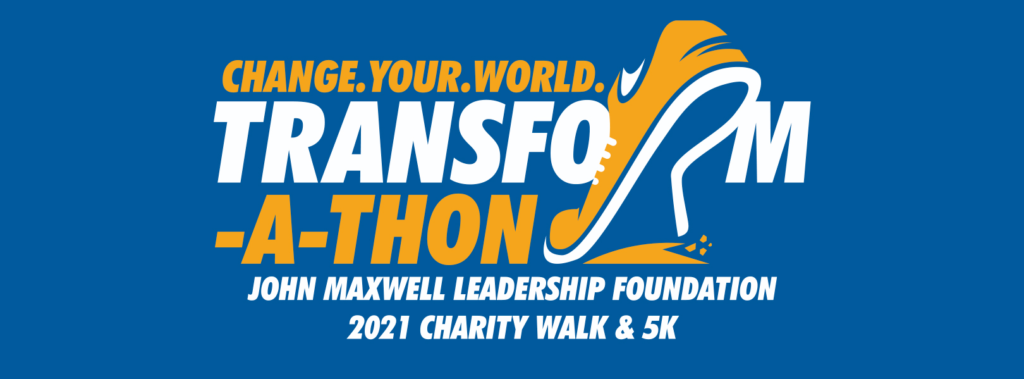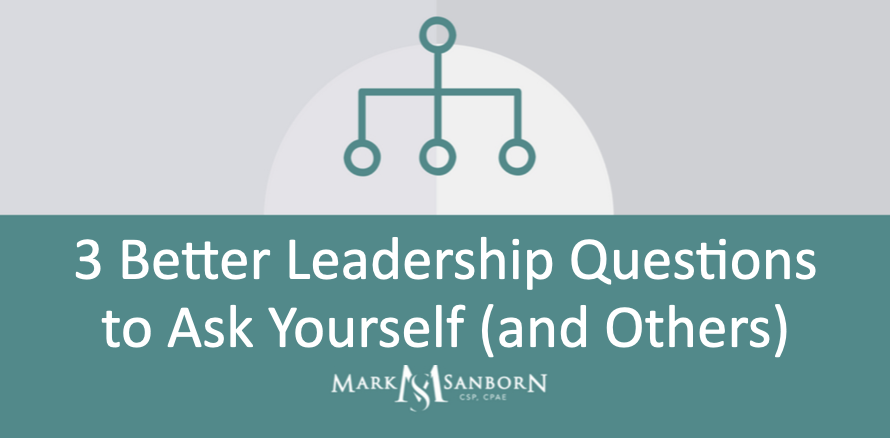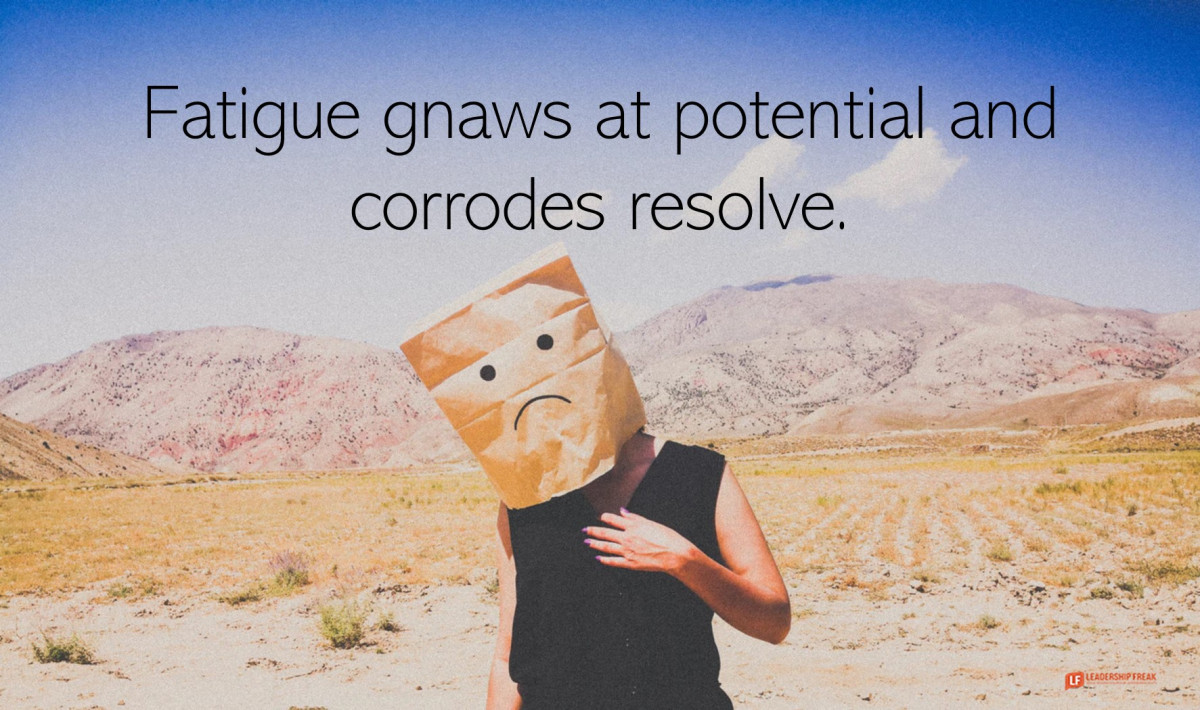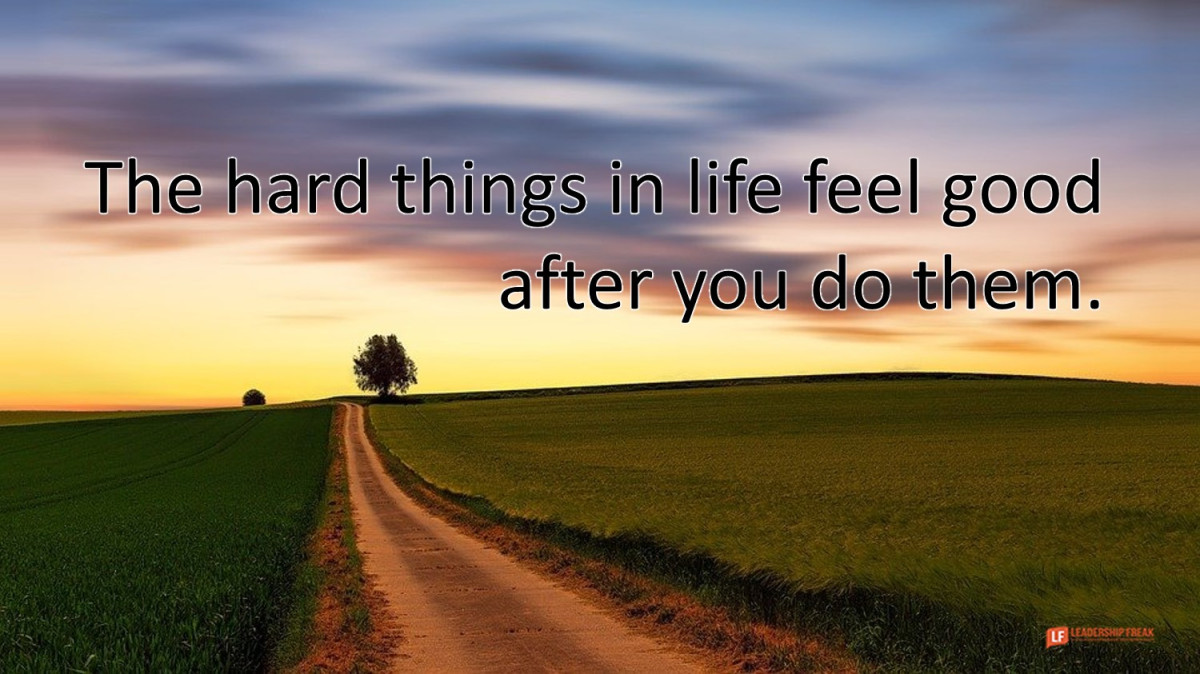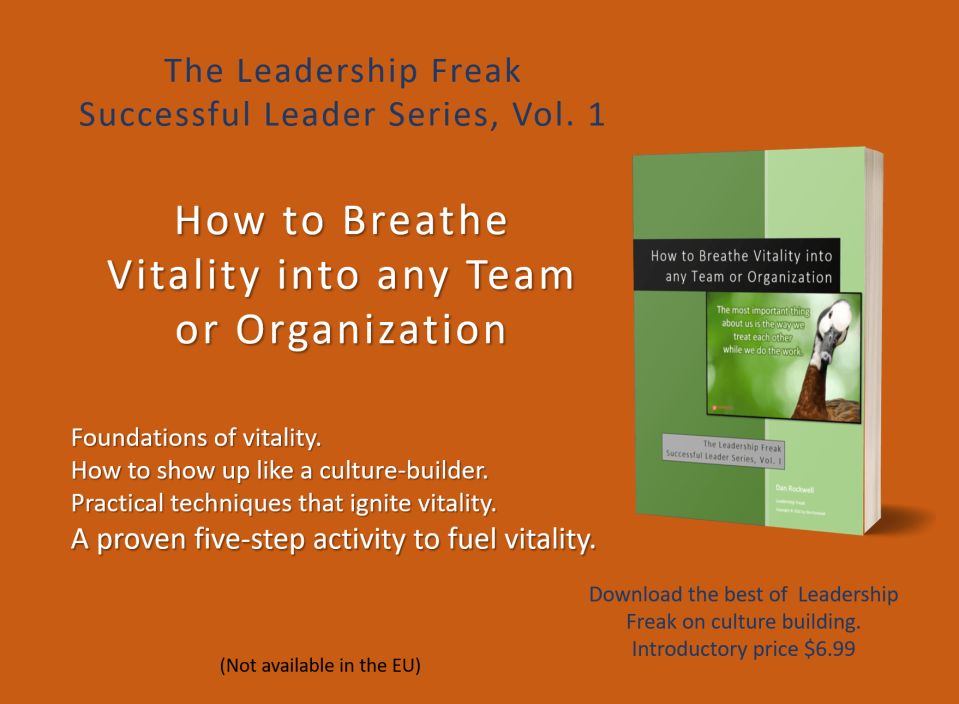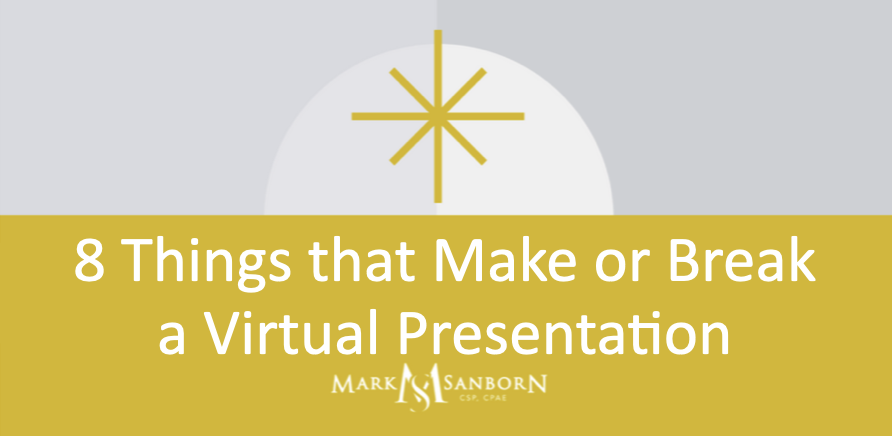Dear Dan: I Never Do Enough
Dear Dan,
I am struggling at the moment with one team member. It feels like I do so much for her and it’s never enough.
I provided so much positive feedback and when I need to give corrective feedback, she can’t handle it and feels criticized. She is disorganized, constantly late, and unprepared. She is also causing other team members frustration. I experience her as very needy and manipulative.
Sincerely,
Never Enough
Dear Never Enough,
This person is doing more damage than you might imagine. She’s holding your team back, wasting your time, and drains everyone’s energy. You have three options.
#1. Reassign her to a job she is capable of doing.
#2. Redesign her current job so she can succeed.
#3. Manager her out with kindness.
Option #3 seems like the only viable choice. This is the first time in a Dear Dan post I have suggested termination. Typically I accept the challenge of designing creative options for readers to consider. In this case, I suggest you begin the termination process.
If I may suggest an awkward idea. Persistent poor performance is a management problem, not an employee problem. Yes, you’ve tried to make a difference for this person, but admit it. It hasn’t work.
Stop wasting time, energy, and resources doing things that aren’t working. Establish consequences for failure that include termination.
Trying to control things you can’t control adds heat to frustration. Accept that you can’t force this person to step up. Do your best to lower emotional frustration. It’s harming you and it’s not helping your poor performer.
Ruinous compassion harms people and organizations.
Whatever you do, keep the best interest of your employee, team, and organization in mind. It’s not in the best interest of your employee to tolerate poor performance.
You have my best,
Dan
What suggestions do you have for Never Enough?

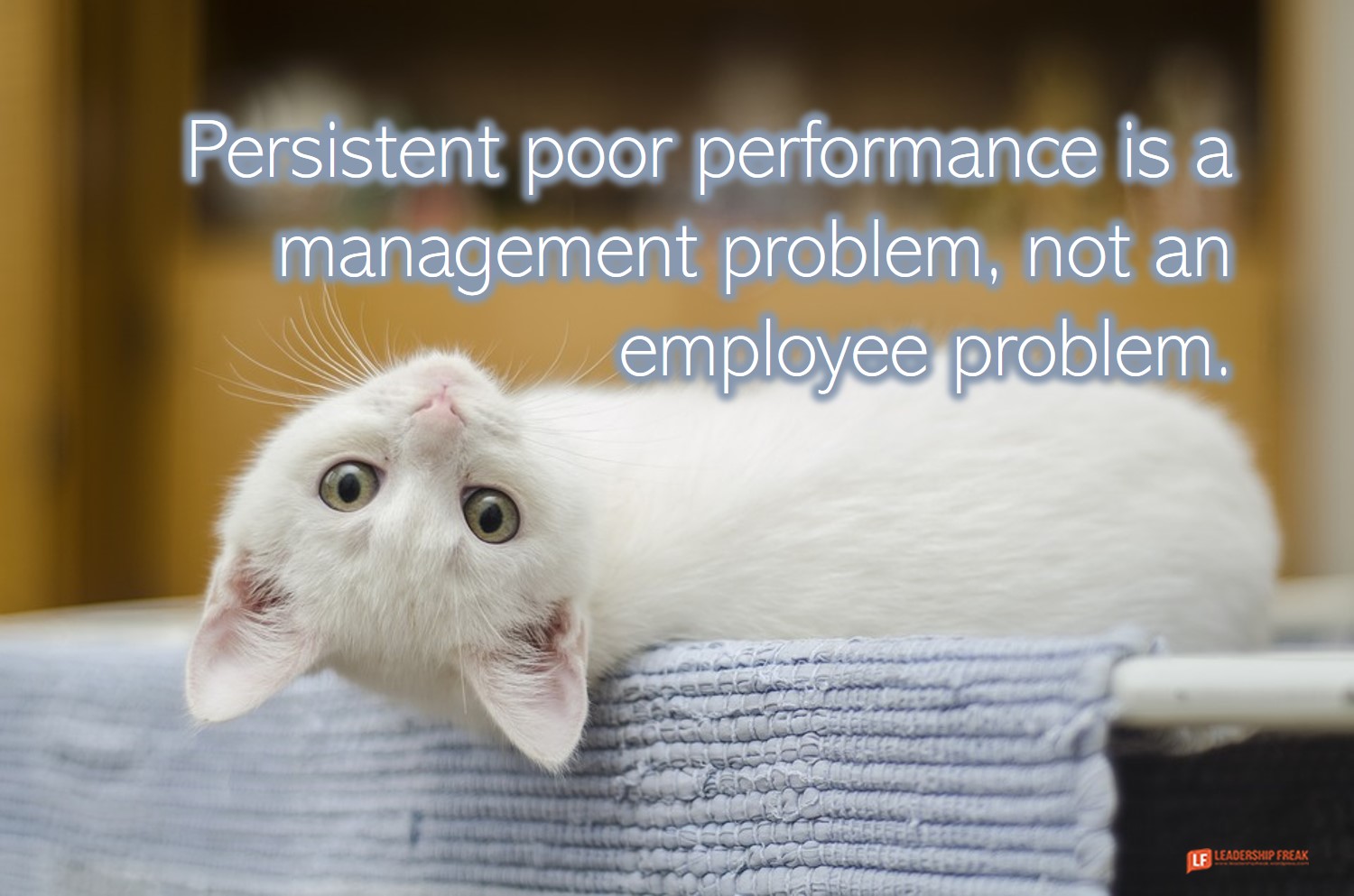
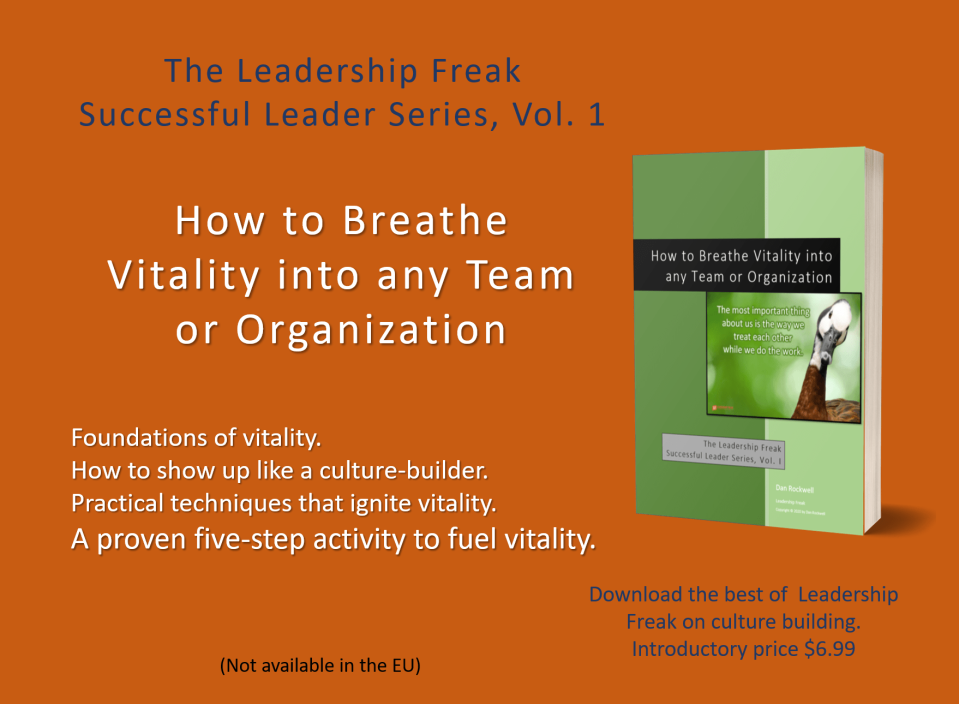


 Photo by
Photo by 